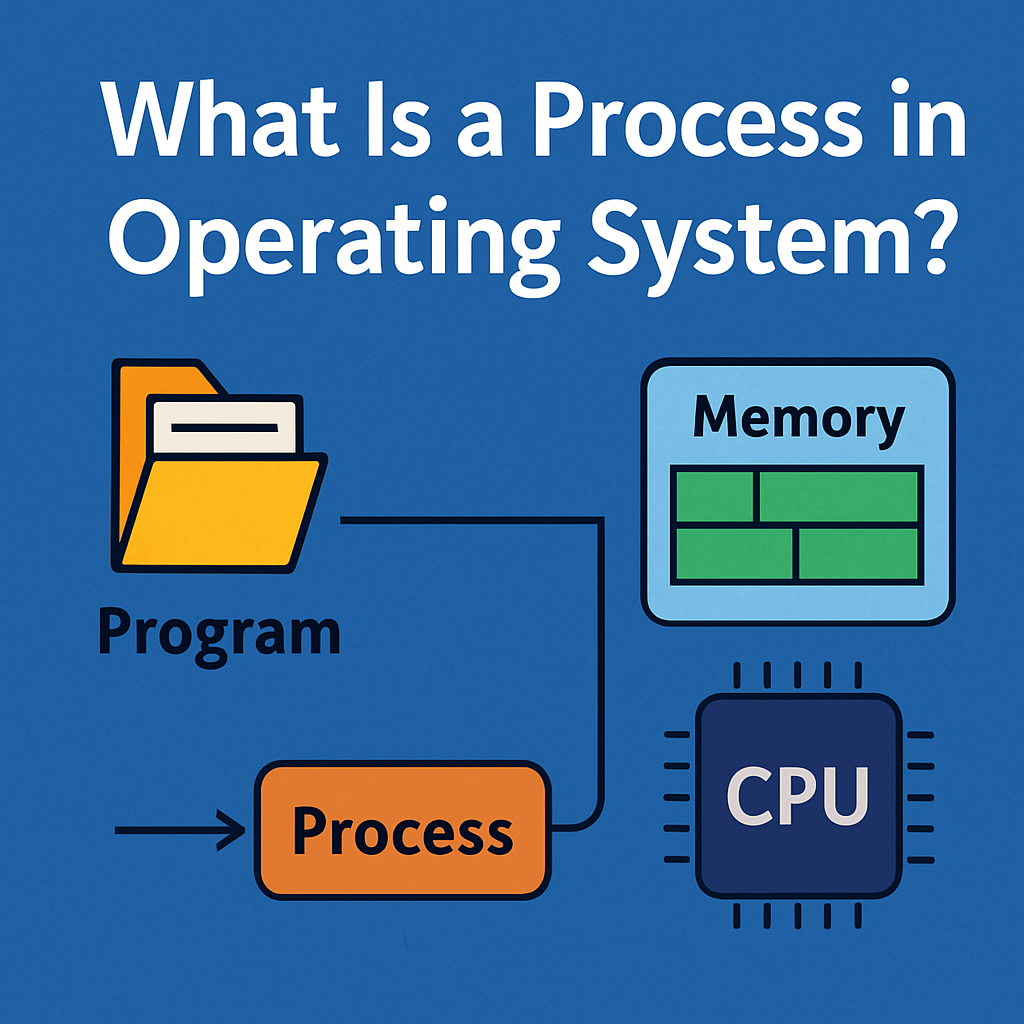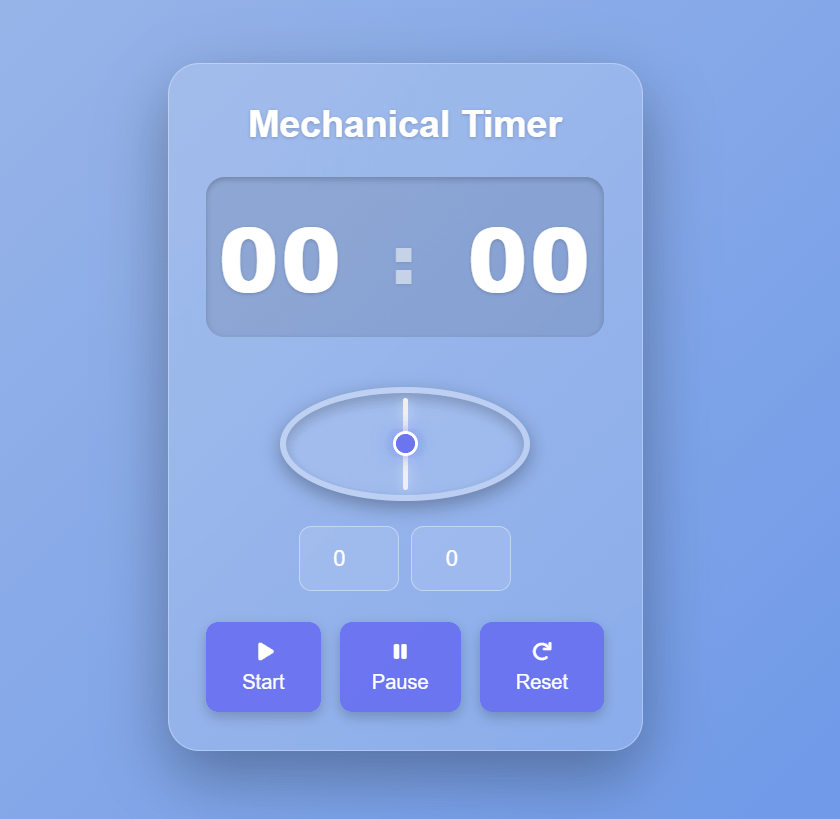Mastering the Process API in Linux: The Complete 2025 Guide

"Everything in Linux is a process — from your text editor to the system daemon."
John Doe Tweet
That’s why understanding the Process API is non-negotiable for every developer and system programmer.
In this guide, you’ll learn how Linux handles process creation, execution, waiting, and termination using core system calls: fork(), exec(), wait(), and exit(). These functions serve as the building blocks of any multitasking operating system. Whether you’re building a shell, managing subprocesses, or prepping for your OS exams — this post will walk you through the complete Process API in the most human, practical way possible.
If you’re new to system programming, check out our Linux Kernel Basics blog before diving in.
Table of Contents
ToggleWhat is the Process API in Linux?
The Process API is the set of system calls and functions that allows user programs to communicate with the kernel to manage processes. Every time you open an application, run a script, or execute a command, you’re interacting with the Process API.
Processes are fundamental entities in Linux. Each process is given a unique process ID (PID), and it’s through the Process API that these processes are created, managed, and terminated. This API empowers programs to perform tasks like creating child processes, executing new programs, waiting for process completion, and exiting gracefully.
Understanding this API is crucial for tasks such as building shells, daemons, and multiprocessing applications. Let’s start by looking at how processes are created.
How fork() Creates a New Process
The fork() system call is the first step in process creation. When a process calls fork(), the operating system creates a new child process that is an exact duplicate of the calling (parent) process. This includes copying the memory, file descriptors, and code context.
Here’s the interesting part: both parent and child continue executing the code that follows the fork() call. They can determine who they are (parent or child) by the return value of fork():
0: Returned to the child process
Positive PID: Returned to the parent, it’s the PID of the child
-1: Indicates that the
fork()failed
Here is a simple example:
pid_t pid = fork();
if (pid == 0) {
// Child process
printf("Hello from child!\n");
} else {
// Parent process
printf("Hello from parent!\n");
}
This creates a basic split in execution, often used before calling exec() to run a new program in the child.
Replacing Process Code with exec()
After creating a new process with fork(), it’s common to use exec() to replace the child process’s code with a new program. This is how a shell launches programs: it forks a new process and then runs the desired command using exec().
The exec() family includes several variants, such as:
execl()execv()execvp()

These functions replace the memory space of the current process with a new binary.
Example usage:
pid_t pid = fork();
if (pid == 0) {
// Child process
printf("Hello from child!\n");
} else {
// Parent process
printf("Hello from parent!\n");
}
This creates a basic split in execution, often used before calling exec() to run a new program in the child.
Replacing Process Code with exec()
After creating a new process with fork(), it’s common to use exec() to replace the child process’s code with a new program. This is how a shell launches programs: it forks a new process and then runs the desired command using exec().
The exec() family includes several variants, such as:
execl()execv()execvp()

These functions replace the memory space of the current process with a new binary.
Example usage:
execl("/bin/ls", "ls", "-l", NULL);
If successful, the new program takes over and starts executing. If it fails, it returns and the calling program can handle the error using perror() or similar functions.
Waiting with wait() to Manage Child Processes
Once a child process has been created, the parent needs a mechanism to determine when the child has completed its task. This is where the wait() and waitpid() system calls come in.
When a child process exits, its status is stored by the OS until the parent retrieves it — this is known as a “zombie” process. To prevent this, the parent should wait for the child to finish using wait().
Here’s a typical usage:
int status;
wait(&status);
if (WIFEXITED(status)) {
printf("Child exited with code %d\n", WEXITSTATUS(status));
}
You can also use waitpid() for more control, like waiting for a specific child process or using non-blocking options. This is essential in applications that spawn multiple children.
Ending a Process Cleanly with exit()
The final step in the process lifecycle is termination. A process ends either when its main function returns or it calls exit(). This function performs cleanup: it closes file descriptors, flushes buffers, and returns a status code to the OS.
There are two related functions:
exit(int status): Clean and buffered exit_exit(int status): Immediate exit without cleanup (often used in child processes afterexec()fails)
Best practice is to always exit with a meaningful status code:
exit(0); // Success
exit(1); // Error occurred
This code is then passed back to the parent, which can inspect it using WEXITSTATUS() in wait() or waitpid().
A Real-World Process API Workflow Example
Let’s tie it all together. Imagine you’re writing a mini shell that runs commands. Here’s how the complete process might work:
pid_t pid = fork();
if (pid == 0) {
execl("/bin/ls", "ls", "-l", NULL);
perror("exec failed");
exit(1);
} else {
int status;
wait(&status);
if (WIFEXITED(status)) {
printf("Child exited with %d\n", WEXITSTATUS(status));
}
}
This simple program:
Forks a new process
In the child, executes
/bin/ls -lIn the parent, waits for the child to complete
Prints the exit code returned by the child
This mimics the basic operation of Unix shells and showcases the power of the Process API.
Debugging Tips and Pitfalls When Using the Process API
As powerful as it is, the Process API can introduce serious issues if misused:
Fork bombs: Caused by recursive or infinite
fork()calls that crash the system.Unreaped children: Forgetting to call
wait()leads to zombie processes.Unchecked “ failures: If
exec()fails, the process continues running the original code — always check return values.Concurrent processes: Using
waitpid()with non-blocking options (WNOHANG) can help manage multiple children.
Useful debugging tools:
strace: Trace system callsgdb: Debug C programsps,top: Monitor process activity

Summary: Master the Process API Like a Pro
With just four core functions, the Process API gives you control over how programs are launched, run, and terminated on Linux:
fork()— Duplicate the calling processexec()— Replace current process imagewait()— Wait for child process to finishexit()— Terminate a process cleanly
Mastering these gives you the power to write advanced system programs, custom shells, and manage multitasking efficiently.
If you’re serious about systems programming or OS development, the Process API is your foundation.
❓ Frequently Asked Questions (FAQ)
1. What is API debugging?
API debugging is the process of identifying and fixing errors or unexpected behavior in an API. It involves monitoring requests, validating responses, and tracing issues through logs or tools to ensure the API behaves as expected.
2. Why is documentation important when debugging APIs?
Thorough documentation helps developers understand how an API should behave, what inputs are expected, and what outputs are returned. It reduces trial-and-error and speeds up the debugging process by acting as a reliable reference.
3. How can I validate API inputs and outputs effectively?
Use tools like Postman, Swagger, or automated tests to compare actual API responses with expected results. Also, apply schema validation (e.g., JSON Schema) to catch discrepancies in real-time.
4. What are descriptive error messages, and why do they matter?
Descriptive error messages clearly explain what went wrong, including context like the invalid parameter, expected format, or endpoint issue. They make debugging easier for developers and reduce support queries.
5. Which tools help with API debugging?
Popular API debugging tools include:
Postman – for testing and monitoring.
cURL – for command-line API requests.
Fiddler and Charles Proxy – for intercepting and inspecting traffic.
Wireshark – for packet-level debugging.
Browser DevTools – for viewing API calls in frontend applications.
6. What is proper error handling in APIs?
Proper error handling means returning meaningful HTTP status codes (like 400, 404, 500) and including helpful error messages in the response body. It ensures the client understands what went wrong and how to respond.
7. How can I prevent bugs in APIs before they happen?
Implement test-driven development (TDD).
Use input validation and authentication.
Run automated test suites for every release.
Monitor API traffic for unusual patterns.








